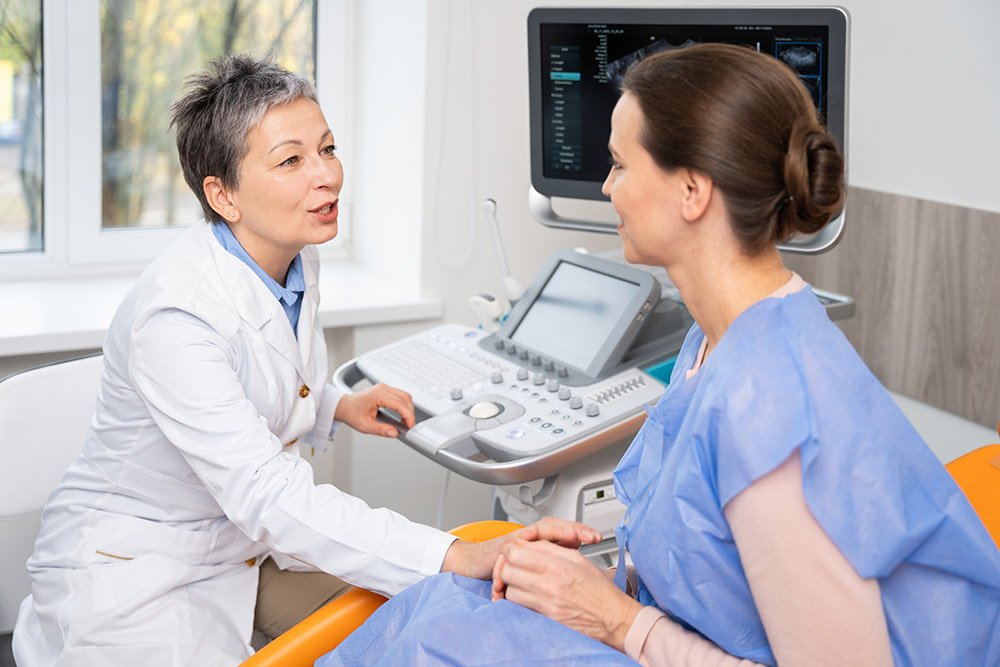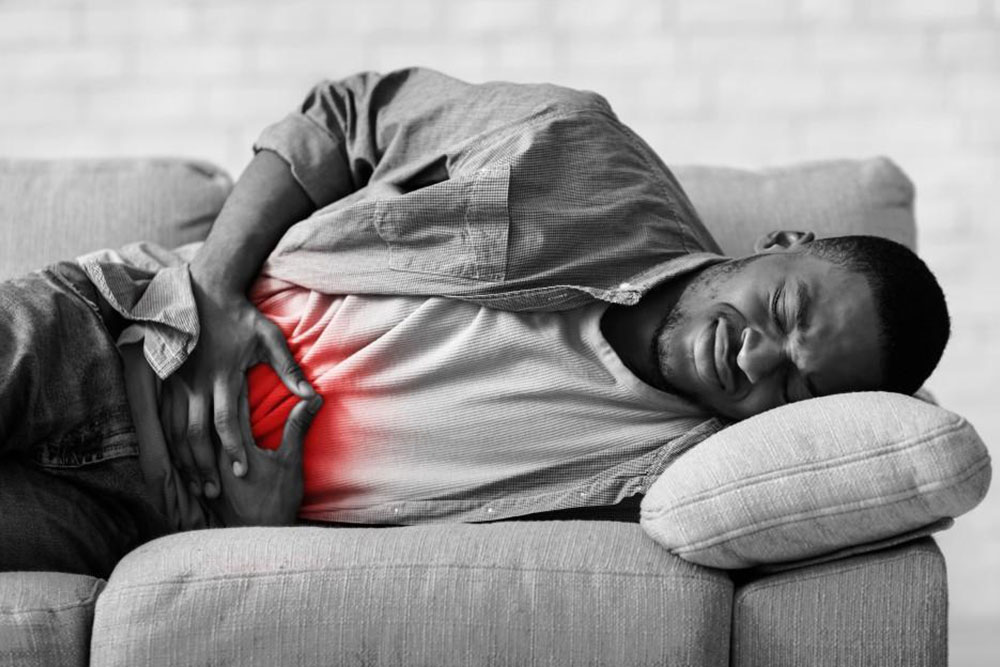What Is Rectocele?
A rectocele occurs when the tissue wall between the rectum and vagina weakens, allowing the rectum to bulge into the back wall of the vagina. This can create a noticeable vaginal bulge, a feeling of pressure, or difficulty with bowel movements. Most cases develop gradually over time.
Common Causes and Risk Factors
- Vaginal childbirth, especially multiple deliveries or large-baby births
- Chronic constipation or straining during bowel movements
- Age-related weakening of pelvic floor muscles
- Previous pelvic surgery or hysterectomy
- Obesity or frequent heavy lifting
Signs and Symptoms
- Sensation of pressure, fullness, or bulging in the vagina
- Visible or palpable bulge at the vaginal opening
- Difficulty having a bowel movement; may need to press on the vaginal wall to help
- Lower back ache or discomfort when standing
- In severe cases, stool or gas leakage
Expert Treatment for Rectocele by Dr. Bharat Pothuri
Dr. Pothuri uses a step-by-step approach:
Medical History and Physical Exam
He asks detailed questions about your pain (onset, location, quality, timing and triggers), dietary habits, medication use (NSAIDs, alcohol), prior GI issues and family history. A careful abdominal exam follows, checking for epigastric tenderness, rebound, masses or organ enlargement.
Laboratory Tests
Basic blood work helps rule out inflammation and infection:
- CBC (complete blood count) to detect anemia or infection
- Liver function tests and pancreatic enzymes (amylase, lipase)
- H. pylori breath or stool antigen test if ulcer disease is suspected
Imaging Studies
- Abdominal ultrasound to evaluate gallbladder, liver and pancreas
- Upper endoscopy (EGD) to visualize the esophagus, stomach and duodenum directly and obtain biopsies
- CT scan of the abdomen with contrast when pancreatitis, biliary obstruction or masses are a concern
Advanced Testing (if needed)
For persistent or unclear cases, Dr. Pothuri may recommend:
- Endoscopic ultrasound (EUS) to detect small lesions in the pancreas or biliary tree
- Gastric emptying study for suspected gastroparesis
- Esophageal manometry and 24-hour pH monitoring if reflux or motility disorders are suspected

Frequently Asked Questions
What is a rectocele? Should I worry?
A rectocele occurs when the rectal wall pushes into the vagina. Mild cases often only require lifestyle changes and exercises. Dr. Pothuri will assess your condition and recommend the most appropriate treatment plan for you.
How long can you live with a rectocele?
Many women live for years without major problems. Early interventions-like dietary fiber, hydration, and pelvic floor exercises-can help slow progression and reduce symptoms.
Do I always need surgery?
No. We first try non-surgical measures: diet modification, stool softeners, pelvic floor therapy, and pessary use. Surgery is reserved for severe or persistent cases that don't respond to conservative care.
Can I sit after surgery?
Yes. Most patients can sit comfortably within a few days. Dr. Pothuri provides post-op guidelines and positioning tips to minimize discomfort and promote healing.
Can I get pregnant after repair?
In most cases, yes. Many women carry future pregnancies after rectocele repair. Be sure to discuss your family-planning goals with Dr. Pothuri so we can time the surgery for the best outcome.
How long does recovery from robotic surgery take?
Most patients go home the same day or the next morning. Full recovery typically takes 4-6 weeks, and many experience less pain and quicker return to activities compared with traditional surgery.












